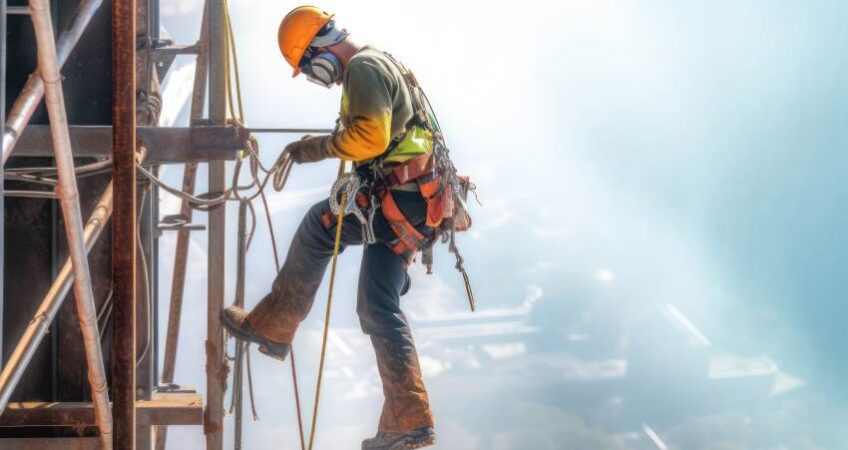Introduction
Working at heights is a critical aspect of various industries in Canada, from construction to maintenance and beyond. However, it also presents significant risks to workers’ safety if not properly managed. To ensure the well-being of employees and reduce the number of accidents, the Canadian government has established comprehensive regulations and guidelines for working at heights. In this article, we will delve into these regulations, emphasizing their importance and the measures taken to enhance safety.
Understanding the Need for Regulations
Working at heights comes with inherent dangers, including falls, slips, and trips. In Canada, falls from heights are one of the leading causes of workplace injuries and fatalities. To address this issue, federal and provincial authorities have implemented stringent regulations aimed at minimizing these risks.
Federal and Provincial Regulations
In Canada, working at heights regulations are a combination of federal and provincial legislation. The federal government oversees certain industries, while provinces and territories have authority over others. Below, we discuss both federal and provincial regulations.
Federal Regulations:
1. Canada Labour Code (Part II): This federal legislation applies to federally regulated workplaces, such as those in transportation, telecommunications, and federal government agencies. It mandates employers to assess the risks associated with working at heights and take appropriate preventive measures.
2. Canadian Centre for Occupational Health and Safety (CCOHS): The CCOHS provides valuable resources and guidance on working at heights safety, ensuring that employers have access to up-to-date information and best practices.
Provincial and Territorial Regulations:
1. Ontario: Ontario’s Occupational Health and Safety Act outlines specific requirements for working at heights in the province. This includes mandatory working at heights training for workers using fall protection equipment, like harnesses and lanyards.
2. British Columbia: WorkSafeBC enforces regulations that address working at heights safety. These regulations require employers to provide fall protection measures and fall arrest systems for workers in elevated positions.
3. Quebec: In Quebec, the Commission des normes, de l’équité, de la santé et de la sécurité du travail (CNESST) sets regulations pertaining to working at heights. Employers must assess fall risks and implement appropriate controls.
4. Alberta: Alberta’s Occupational Health and Safety Act includes provisions for working at heights safety. Employers are required to provide workers with fall protection training and equipment.
Key Regulations and Best Practices
Regardless of the specific regulations in each province or territory, there are common best practices that all employers should follow when it comes to working at heights:
Risk Assessment: Employers must conduct thorough risk assessments to identify potential hazards associated with working at heights. This includes evaluating the task, equipment, and environmental factors.
Fall Protection: Adequate fall protection systems and equipment, such as guardrails, safety nets, and personal protective equipment (PPE) like harnesses and lanyards, must be provided and properly maintained.
Training: Workers involved in tasks at heights should receive comprehensive training on fall prevention, equipment usage, and emergency procedures.
Supervision: Supervision is essential to ensure that safety protocols are followed and that workers are using fall protection equipment correctly.
Regular Inspections: Employers should conduct regular inspections of equipment and work areas to identify and address potential hazards.
Conclusion
Working at heights is an integral part of various industries in Canada, but it also poses significant risks to workers’ safety. To protect employees and reduce the number of accidents, both federal and provincial authorities have implemented rigorous regulations and guidelines. These regulations emphasize risk assessment, fall protection, training, supervision, and regular inspections. By adhering to these regulations and best practices, employers can create safer working environments and protect the well-being of their employees. Safety should always be a priority when working at heights, and compliance with regulations is the first step towards achieving this goal.


